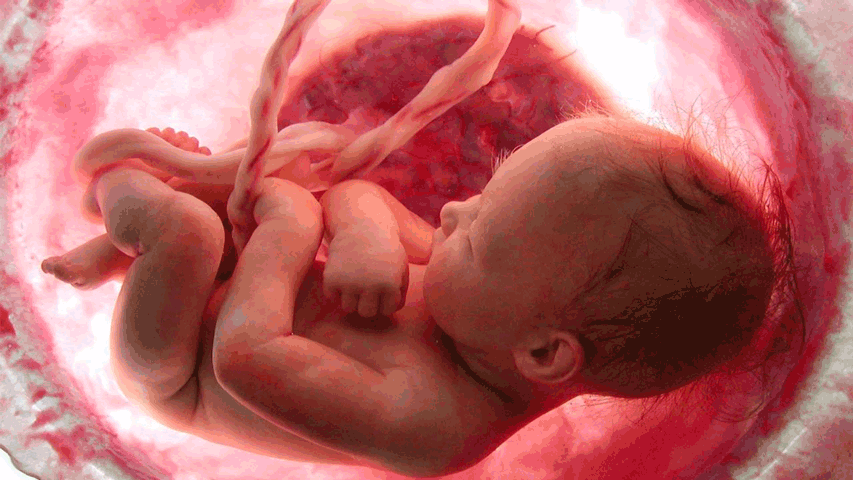December 25, 2022
Jesus Newborn

- For the day in which we celebrate the birth of Christ, the (re)birth of life.
- What the following notes focus on is not the eschatological aspect of the Christian story. Even though the early church was saturated with expectations of a final resolution of the world's problems within their lifetime, it's easy to forget the very human anticipation of the fruit of struggle in triumph over oppressors, an expectation that possesses a larger ambit than the sphere of religion. For example, try to see Marxism as yet another eschatological yearning in secular terms. The desire to escape suffering (*cough* Buddhism *cough*) is built into the human condition. Outside of this frame exists a larger story that Western Civilization has told itself: instead of sacrificing to appease a god, this particular god, G-d, had sacrificed itself/himself. In other words, it is remarkable that the Christian god yearns for mankind. He is not an impersonal force that must be appeased else we suffer. He suffers with us. He suffered for us.
- Ambiguity undergirds the whole story. Christ is the incarnation of G-d, he was/is simultaneously human and divine. Christ both knows and doesn't know that he is the son of G-d. He is enough of a mere mortal to experience crisis before, during and after (?) the crucifixion.- Constant interpolation, ambient uncertainty, self doubt and wavering.- Judas had to betray and die, the Jews had to persecute Christ, the Romans had to police him. A sacrifice more than Jesus' was destined.
- What is healthy ambiguity and unhealthy schizophrenia?
- Clarity would destroy the whole story, there would be no drama to existence otherwise. There would be no sacrifice.
- Another theodicy: why encrypt the terms of salvation?
- G-d exists outside of time. Humanity is a prisoner of time. There is no way for the latter to understand the former. There is no alternative universe / multiverse where Judas decided not to betray Jesus. The phrase "It is what it is" is related to the phrase "I am who I am" (Exodus 3:14).
- Judas is key, the lynchpin, the bigger (?!!) sacrifice. Key to the Gospel of Judas, one of several gnostic texts exiled from the bible.
- The meme concerning the treachery of the Jews to one of their own (an act of sacrifice for he good of the tribe?) was essential for the birth of Christianity and preserved their own (Jewish) cultural narrative (to not be subsumed into an updated & eclipsing religion).
- Judas-as-betrayer summons the crooked timber idea. G-d as carpenter builds a house of/by/for humanity, and he deliberately used crooked timber in its design and construction. Moreover, he chose elements that would fail purposed in their destruction for the eventual emergence of a house 2.0 that is redeemed... such people are essentially souls of utility who are destined to perdition, discards. (Refer to Jesus Christ Superstar's song "Damned for all time").
- There is an essential beauty to the narrative of G-d incarnating and offering himself for sacrifice for the sins of mankind, the ultimate offering, the (vertical) connection between the godhead and mankind
- The Contractual Aspect: believe and you will be saved... receive the storyline, accept it into your heart and you will be connected with the godhead... this is a civilizational operating system, the glue that binds egos that would otherwise stray in egocentrism. The Christian story is the operating system of Western Civilization.
- A challenge: If you are studying art history while blocking out the Christian story, you won't understand art history and you you probably won't understand art either. You don't have to believe it, you only have to strive to understand it.
Posted by Dennis at December 25, 2022 10:42 PM
Leave a comment